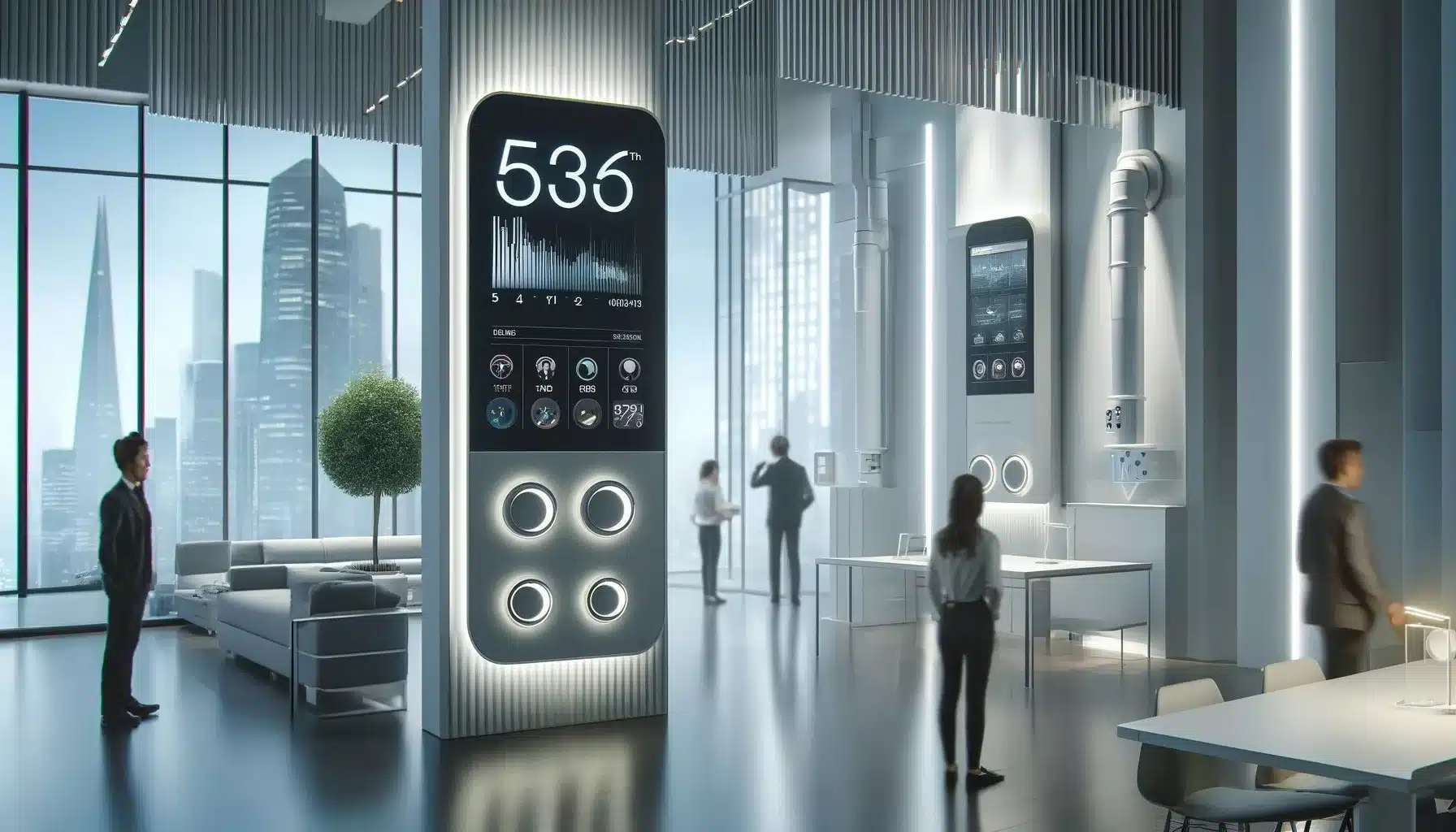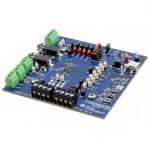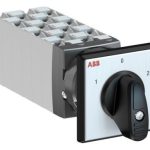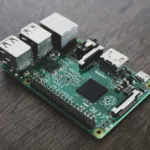
Introduction
Indoor air quality––a critical aspect of environmental health and comfort––is essential as people spend a significant amount of time indoors. Poor air quality can impact productivity, health, and overall quality of life. In response to these concerns and with growing awareness about the importance of clean air, the use of environmental sensors to monitor and manage air quality indoors has gained prominence. This article outlines the significance of tracking indoor air quality using different types of environmental sensors, exploring their significance, applications, and the future of air quality monitoring.
Understanding Indoor Air Quality (IAQ)
IAQ is the optimisation of the quality of air within and around multiple buildings and structures, translating to the health, well-being, and comfort of building occupants. It is the condition of the air, indicating how free it is from common pollutants within buildings that can arise from several sources. Common sources of indoor air pollution include particulate matter, volatile organic compounds (VOCs), carbon monoxide and carbon dioxide, radon, and bacteria and viruses. Understanding and controlling these common indoor air pollutants can help reduce indoor health concerns.
The Need for Tracking Indoor Air Quality
There are various factors that necessitate tracking the air quality indoors. The air inside buildings can be more polluted than outdoor air. Therefore, monitoring these levels is essential to prevent chronic health issues, such as respiratory problems, allergic reactions, headaches, and other health problems. Additionally, for vulnerable populations such as children, the elderly, and those with preexisting health conditions, the effects can be more severe.
The Role of Environmental Sensors in Detecting IAQ
Improving IAQ involves controlling the sources of pollutants, enhancing ventilation, and using air-purifying technologies and sensors. Among these, environmental sensors play a significant role in tracking and managing indoor air quality––thanks to the rise in smart technology. These sensors detect and quantify the concentration of various pollutants in the air and provide real-time data. The output data enable individuals and building managers to make informed decisions about ventilation and other air quality management practices.
Environmental sensors use various technologies to detect and measure pollutants. Optical sensors, for instance, use light scattering techniques to measure particulate matter, while electrochemical sensors can precisely detect gases like carbon monoxide and nitrogen dioxide. Semiconductor sensors, which change resistance in the presence of gases, are often used for VOCs.
Popular Types of Environmental Sensors for Indoor Air Quality
There are a variety of air sensors used to monitor different aspects of air quality. Each sensor type has its specific function, measuring various pollutants and environmental parameters:
Particulate Matter Sensors (PM Sensors)
Particle sensors measure the concentration of various sizes of particulate matter in the air. They are crucial for monitoring pollutants like dust, pollen, soot, smoke, and other particulates that can penetrate deep into the lungs. Examples include PM2.5 and PM20 sensors.
Gas Sensors
Gas sensors are engineered to detect and measure concentrations of various gases, such as carbon monoxide, carbon dioxide, and volatile organic compounds. These sensors are vital for preventing poisoning and ensuring adequate ventilation. Examples of gas sensors include carbon monoxide sensors, CO2 sensors, and nitrogen dioxide sensors.
Humidity and Temperature Sensors
These sensors help in monitoring the indoor climate, which can significantly affect air quality. High humidity levels result in mould growth and increase the concentration of some pollutants.
Radon Sensors
Radon sensors are specialised sensors used to detect radon gas––a significant causative factor of lung cancer.
Integration of Indoor Air Quality Sensors into Smart Homes and Buildings
The integration of environmental sensors into smart home and building systems is becoming increasingly popular. These systems use the data from sensors to automatically adjust air filtering, heating, and air conditioning systems. For example, a smart ventilation system might increase airflow when elevated levels of CO2 are detected, ensuring the indoor environment remains healthy without manual intervention.
Broad Range Applications of Indoor Air Quality Sensors
Environmental sensors find applications in various indoor environments, each with its unique air quality challenges:
- Homes: In residential settings, air quality sensors can integrate with smart home systems to automatically adjust conditions for optimal air quality.
- Schools and Offices: These settings use sensors to ensure a healthy learning and working environment, which can enhance cognitive functions and productivity.
- Healthcare Facilities: In hospitals and clinics, air quality monitoring is critical for protecting patient health, particularly in areas like operating rooms and isolation wards.
- Industrial Sites: Factories and workshops can use sensors to monitor air quality. They also ensure compliance with safety standards, protecting workers from hazardous exposures.
Future Trends of Indoor Air Quality Monitoring
The future of indoor air quality monitoring likely involves more advanced technologies, such as IoT integration, allowing real-time tracking and control of air quality through connected devices. Machine learning algorithms can predict air quality trends and automate responses. Additionally, advancements in sensor technology will improve the accuracy, durability, and cost-effectiveness of sensors.
Final Thoughts
Monitoring indoor air quality through environmental sensors is essential for maintaining a healthy indoor environment. By understanding and deploying these sensors effectively, it is achievable to significantly improve health, comfort, productivity, and energy efficiency in indoor spaces. With the progression in technology, the integration of these sensors into daily life and their connectivity with other smart devices will become more seamless, leading to proactive management of indoor air quality and enhanced public health.





















